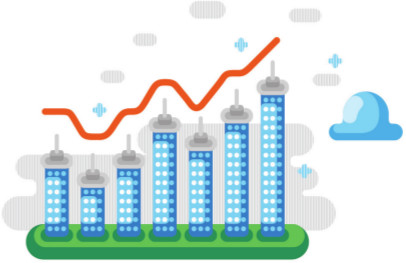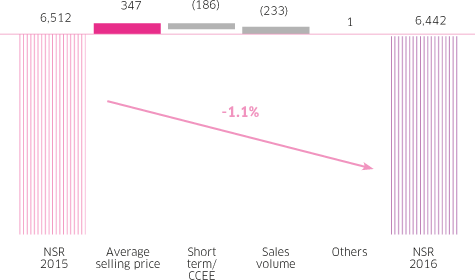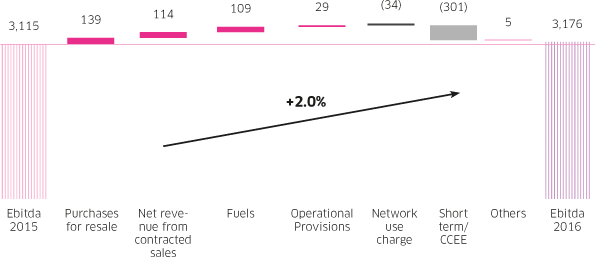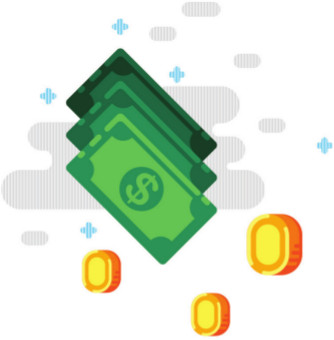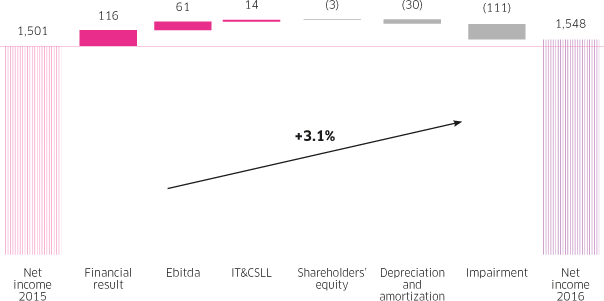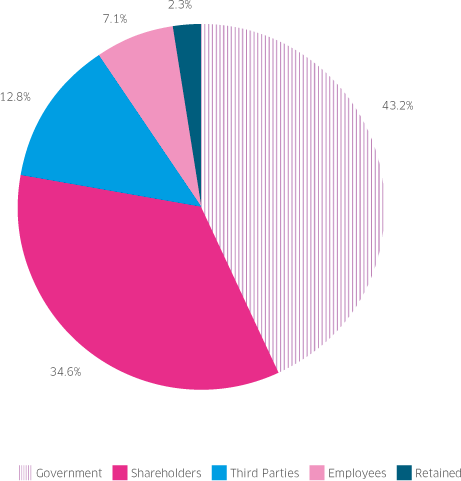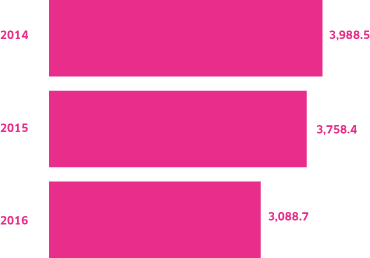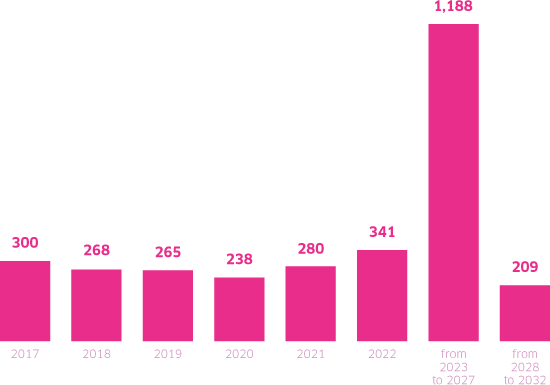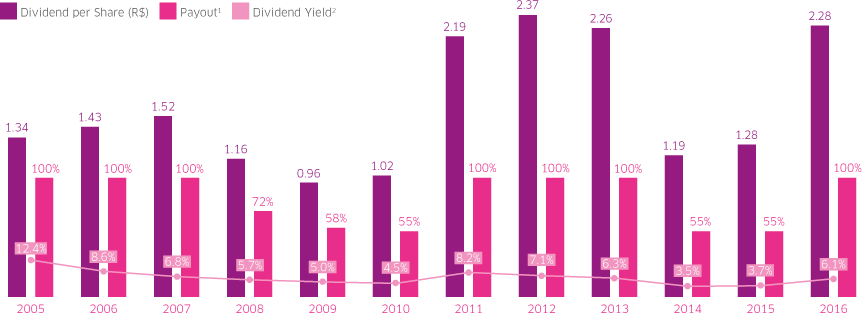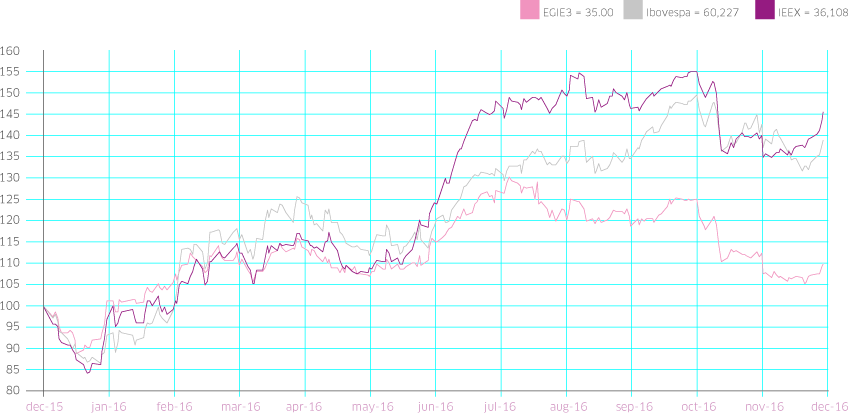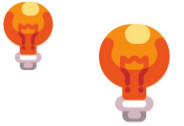Macroeconomic scenario
Throughout 2016, the Brazilian economy continued the recessionary trajectory of the preceding year. Gross Domestic Product reported a retraction of 3.6%1 or 9% when compounded with the decline since the outset of the economic recession in 2014. This was the first time that Brazil has recorded two consecutive years of economic downturn since the inception of the official series in 1948. In 2015, GDP fell by 3.8%, the greatest decline in 25 years.
IBGE data shows that the country ended the year reporting official inflation at 6.3%1 – at the ceiling of the government’s inflation band and driven largely by food prices. The accumulated primary deficit for the public sector was R$ 154.3 billion – representing 2.4% of GDP, the worst result for the historic series2. The commercial US Dollar closed 2016 reporting a 17.7% devaluation against the Real at R$ 3.2497, the first annual decline in the US currency since 2010.
Industrial production posted a decrease of 6.6% in relation to 2015. The labor market was also affected: at the end of the year, jobless numbers in Brazil stood at 12.3 million – the average unemployed rate for 2016 as a whole was 11.5% and above the result of 8.5% for 2015.1
A study on competitiveness by the National Confederation for Industry (CNI) classified Brazil in 17th place in a ranking of 18 countries. The CNI found that due to the economic recession, the country lost ground in four of the nine items evaluated: availability and cost of labor, the macro-economic environment, competition and scale of the domestic market and technology and innovation. On the other hand, there was an improvement in the item for education.
2. Source: Banco Central do Brasil.
